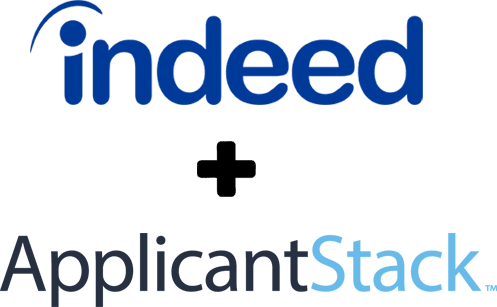Over a 20-year period prior to February 2021, the monthly resignation rate in the U.S. never rose above 2.4 percent. During the first two months of 2022, that national rate spiked to nearly 3 percent. In some states, the resignation rate shot up over 4 percent during the year. This time was referred to as “The Great Resignation,” and it left businesses of all sizes reeling.
But while things seemed to have settled at least somewhat, employees will continue to leave their roles in search of other opportunities. We’ve covered the hiring and onboarding process extensively on our blog, but what happens when someone leaves? That process is called offboarding, and it’s just as important. Explore why offboarding matters to your company and its impacts on future hiring efforts. We’ll also cover a few tips to improve the way your organization conducts offboarding interviews and practices.
What is Offboarding?
Offboarding is the process of transitioning an employee away from the organization. It should take place whether the employee chooses to leave or the separation is involuntary. But the steps should create a graceful and consistent process for any employee who will no longer work in their role.
Why Does Offboarding Matter?
Although it’s just as valuable as onboarding, offboarding tends to get overlooked. Management might feel uneasy about consulting with unhappy employees or simply want to move on to the new hire. But here’s what you’re potentially missing out on by skipping the offboarding steps:
- A graceful separation between the former employee and organization
- Protection from legal issues and other problems that may arise after termination
- An easier transition within the role
- The potential for growth and improvement within the impacted department and company overall
Plus, proper offboarding can provide insights into what changes can be made when seeking to fill the vacated position.
Leaving things on a positive note with a soon-to-be-former employee may also create a better experience. Current and past employees serve as brand ambassadors, whether positive or negative, so do what you can to push for the former.
What to Avoid when Offboarding an Employee
While the above points are strong evidence for the benefits of offboarding, it’s also important to remember what to avoid. The aim of offboarding isn’t to criticize an employee who has chosen to leave or been involuntarily terminated. Instead, its purpose is to create a friendly and mutually beneficial transition.
All involved in the offboarding process should show respect, particularly for the department employee. It should also serve as a tool to protect the company from potential legal concerns and explore what could have been done differently.
5 Tips to Improve Offboarding Practices
Whether your managers are currently following offboarding practices or you’re starting from square one, these tips can improve the process exponentially.
Follow a consistent process
Consistency is key when it comes to interacting with departing team members. If one employee feels they had a different experience than another, they may take legal action against the organization, claiming discrimination or unfair practices. Create a checklist and follow the relevant steps with each employee who chooses to leave or is terminated.
Assess the reasons for exit
While it’s vital to maintain consistency in the offboarding process, certain steps may need to shift based on the reasons for an employee’s departure. If someone is retiring, they will likely have different insights than someone who is choosing to seek employment elsewhere. Employees who are involuntarily terminated or laid off also require additional steps for legal protection.
Create an open line of communication
Although it can feel uncomfortable to communicate openly with an employee who is leaving the organization, it’s essential to do your best to keep the line of communication open. When company leaders avoid talking about the departure or try not to speak to the person leaving, these behaviors create a breeding ground for gossip.
Regardless of the reason, it’s always better to be as honest as possible about a resignation or termination. Of course, you don’t have to get into unpleasant details, but you can at least give as much warning as possible and discuss what the remaining team members can expect.
Aim for a successful transfer of knowledge
One of the overall aims of offboarding is to secure a successful knowledge transfer. Leaders and team members can use the information gleaned to keep up on projects and create an accurate job description when filling the vacated role.
When consulting with an employee during the offboarding process, request the following information:
- What the daily routine looked like
- What files and systems were used by the employee
- The process for prioritizing and accomplishing assigned and ongoing tasks
- Who the employee interacts with regularly
- What type of training may be necessary
An employee departing amicably may be willing to create a document with all this information, which is very useful for someone filling their role.
Protect your organization
Your company needs to protect itself from legal issues as well as the risks associated with the loss of sensitive data or proprietary information. As soon as possible, secure all company assets and revoke access to private information. Ask for all company equipment back and prevent the former employee from accessing their business email inbox, social media profiles, and other systems used for client data or sensitive information.
With the right approach, an offboarding process can go from awkward to seamless. And the information gleaned in each step is invaluable for a company as its leaders seek to understand the reasons for departure, how to support the employees, and create a positive culture for all.
- 3 Tips to Improve Communication with Applicants - April 26, 2024
- Understanding Contract-To-Hire and How It Works - April 23, 2024
- Should Your Job Listings Include Salary Information? - April 19, 2024











